From December 3, 2012 through April 7, 2013.
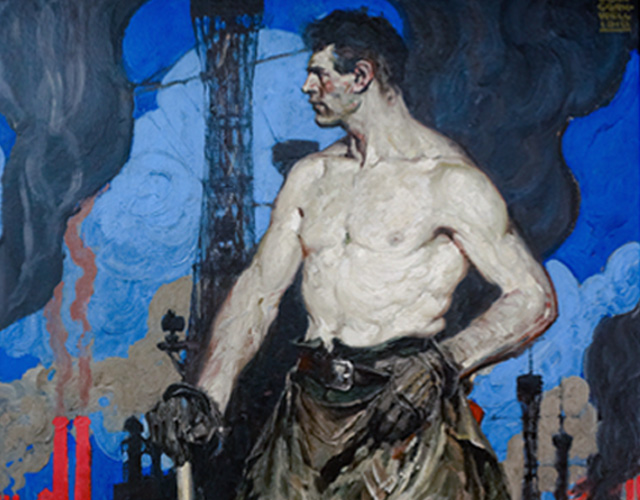
“Esther’s body of work is rich and provocative, asking us to explore deeply what surrounds us, both in terms of visual culture and present-day thought,” says Marianne Lamonaca, special exhibitions curator at the Bard Graduate Center and former associate director for curatorial affairs and education at The Wolfsonian. “She has opened up a new dialog with our historical collection that broadens our understanding of the role of the work of art in history and its resonance today.”
Once the heroic image of class consciousness and national character, pictured widely in the period of the Russian Revolution, the Great Depression, and the two World Wars, the worker has since receded from foreground of the contemporary visual landscape. “I realized that this was more or less the last time in our recent history that images of workers conveyed a sense of heroism. Since the end of the period represented in the collection (1885–1945), the image of the worker fell out of favor as a subject for the arts,” says Shalev-Gerz. “It made me think about how we do not know the faces of the people who create the things that surround us. We know other faces—politicians, celebrities, criminals—but not the worker, the one who makes. The lines, curves, shapes, and volumes of the items in the collection give image to the interests, passions, and quests of an epoch and those who produced it.”
For Describing Labor, Shalev-Gerz gathered forty-one objects that depict the figure of the laborer— paintings, prints, sculptures, photographs, and rare publications—the majority drawn from The Wolfsonian’s collection. She invited twenty-four participants to select an item and describe its depiction while she filmed them, “letting the image talk through them,” she explains. Participants were also filmed
while listening to a voice recording of museum founder Mitchell Wolfson, Jr. reading research material about the object. Shalev-Gerz then asked each participant to place the selected work in the museum’s storage racks, where she photographed its representation of labor in situ with other products of labor, such as furniture suites, decorative arts, and industrial objects from The Wolfsonian’s collection.
Describing Labor was commissioned and organized by The Wolfsonian. The exhibition includes new works by Shalev-Gerz—two long-form videos, twenty- four large format digital photographs, audio, and text—and objects from The Wolfsonian, The Mitchell Wolfson, Jr. Private Collection, and The Martin Z. Margulies Collection. Describing Labor is accompanied by a catalogue featuring color images of Shalev-Gerz’s new work; essays by Jacques Rancière and Marianne Lamonaca; and an interview with the artist conducted by Matthew Abess, The Wolfsonian’s assistant curator.
Esther Shalev-Gerz’s work over the past twenty-five years has ranged from public monuments to museum exhibits to video and photographic work. Based in Paris since 1984, Shalev-Gerz was born in Lithuania, raised in Israel, and is a professor in Fine Art at the Valand Academy at Göteborg University in Sweden. Her work has been the subject of several catalogue publications and monographs featuring texts by eminent European and American scholars such as Jacques Rancière, Georges Didi-Huberman, and James Young. A major retrospective of her work opened in September 2012 at Musée cantonal des Beaux-Arts, Lausanne, Switzerland.
The Wolfsonian Museum–FIU
1001 Washington Avenue
Miami Beach, FL 33139
305.531.1001
www.wolfsonian.org

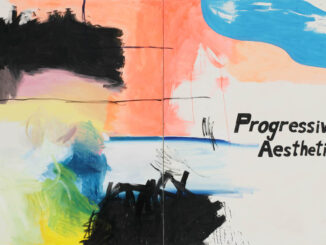
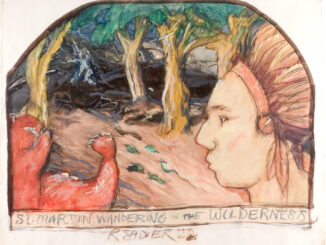
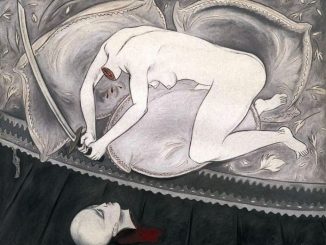
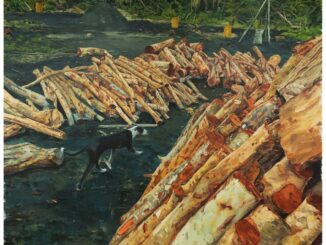

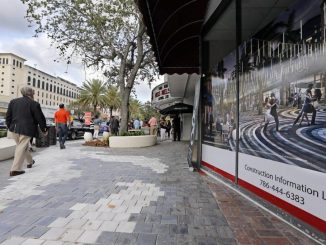
Be the first to comment